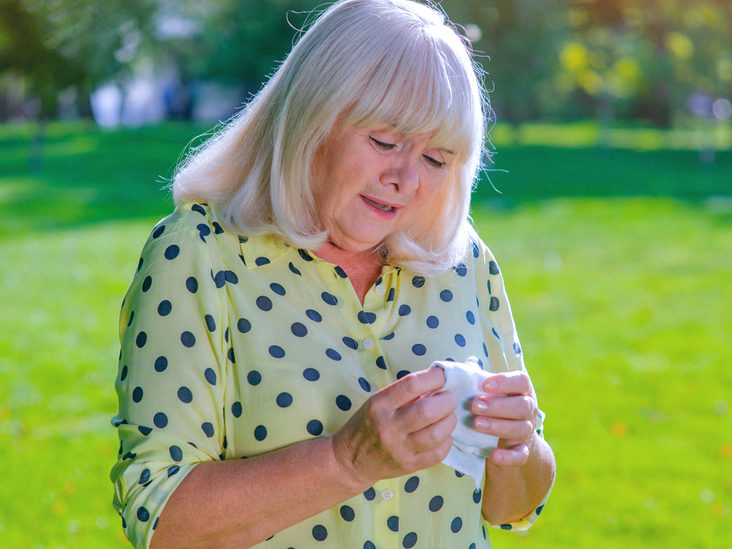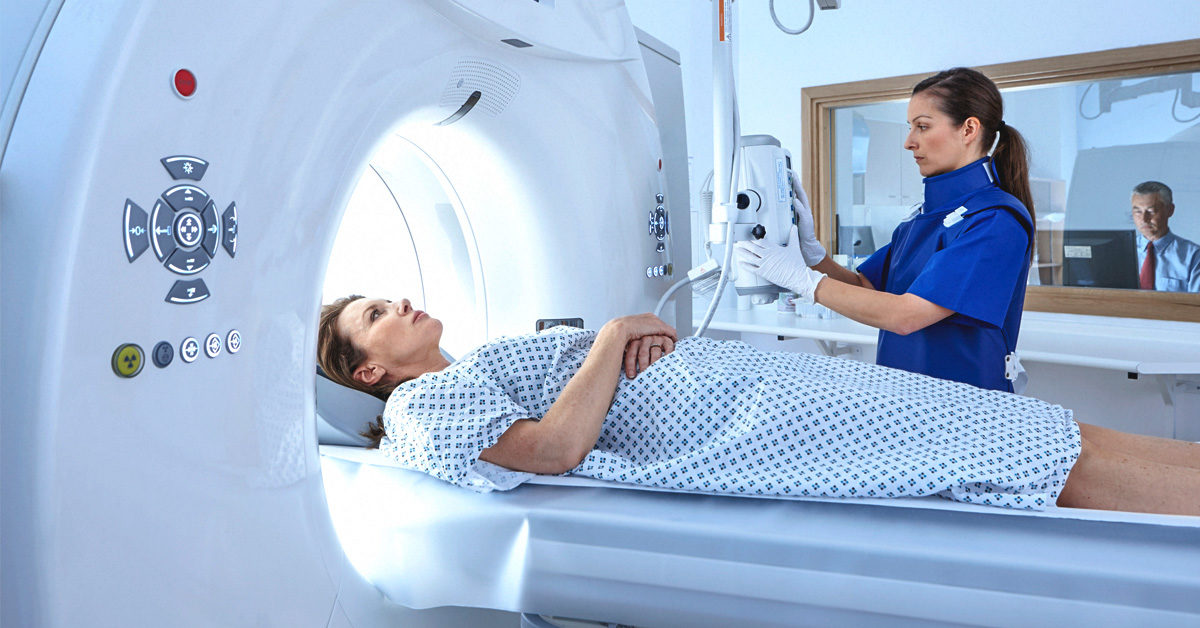Eshealthtips.com – If you think you may be experiencing symptoms of a brain stem stroke, it is best to seek medical attention right away. Your doctor can provide you with the proper tests and diagnosis. The sooner you get treatment, the better chance you have of recovering your health and returning to a normal lifestyle. There are many treatments for brainstem stroke.
Suffering a Brainstem Stroke May Have Hallucinations
A brainstem stroke results from an interruption of blood flow in one or more small arteries, such as the basilar artery, posterior inferior cerebellar artery, or vertebral artery. This type of stroke is similar to strokes in other parts of the brain, but symptoms can be different. For example, a person suffering from a brainstem stroke may experience hallucinations, alternating disorientation, or both.
The treatment for brain stem stroke varies from patient to patient, and it depends on the type of stroke. Some patients may regain some function, such as the ability to move their eyes, while others will not. Patients with brain stem stroke may also experience difficulty breathing. In some cases, the patient may be completely paralyzed, with limited or no movement, resulting in a condition called locked-in syndrome. As a result, patients may need a tracheostomy tube, a gastrostomy tube, or a catheter.

Because brain stem stroke is a medical emergency, it is important to act quickly. Patients will need emergency medical care, and may require rehabilitation and aftercare. Medications can break up blood clots and restore blood flow to the affected area. Antiplatelet drugs may also be prescribed, though they are not recommended for everyday use. Other treatments may include endovascular therapy, which uses mechanical retrievers to remove blood clots from the blood vessel.
Ischemic Basilar Artery Stroke Has a High Mortality Rate
The survival rate of patients with brain stem stroke depends on the type of stroke and location. In a recent study, patients with posterior circulation stroke had a higher survival rate than those with ischemic basilar artery strokes. However, ischemic basilar artery stroke has a high mortality rate.
Other symptoms of brain stem stroke include dizziness, vertigo, and nausea and vomiting. Patients may also experience problems with speaking or hearing. In severe cases, the patient may be unable to speak at all. Patients may also have peculiar breathing patterns. A qualified doctor will help restore the patient’s normal breathing patterns.
 Imaging tests can be helpful to determine the type of stroke. For example, imaging tests can determine if the stroke is in the brainstem or in the aorta. If it is in the brainstem, it may affect motor skills. People with brain stem stroke may have difficulty moving their arms, swiveling their shoulders, and moving their eyes. In extreme cases, these symptoms may result in locked-in syndrome, complete paralysis of the body.
Imaging tests can be helpful to determine the type of stroke. For example, imaging tests can determine if the stroke is in the brainstem or in the aorta. If it is in the brainstem, it may affect motor skills. People with brain stem stroke may have difficulty moving their arms, swiveling their shoulders, and moving their eyes. In extreme cases, these symptoms may result in locked-in syndrome, complete paralysis of the body.
Care and Medication for Brain Stem Stroke
Treatment for brain stem stroke can include a variety of interventions. Some of these therapies include medicines to control blood pressure and prevent seizures, balloons to open up weakened blood vessels, and surgery to repair broken blood vessels. Certain genetic factors can put people at higher risk for this type of stroke. A stroke can be life-threatening, so it is important to seek medical attention as soon as possible.
Other symptoms associated with brainstem strokes include difficulty swallowing due to involvement of the nucleus ambiguous, nystagmus (rotary), vertigo, and sensory loss of the face. It is essential to understand the full scope of neurological disease in order to diagnose a brainstem stroke.
 Patients with a diagnosis of brain stem stroke should receive rehabilitative care as soon as possible. Although the prognosis for this disorder is poor, it can be managed. Early treatment is essential for improved brain perfusion and reduced risks of recurrence. Research is underway to determine the best treatments for patients with this disorder.
Patients with a diagnosis of brain stem stroke should receive rehabilitative care as soon as possible. Although the prognosis for this disorder is poor, it can be managed. Early treatment is essential for improved brain perfusion and reduced risks of recurrence. Research is underway to determine the best treatments for patients with this disorder.
Reference: